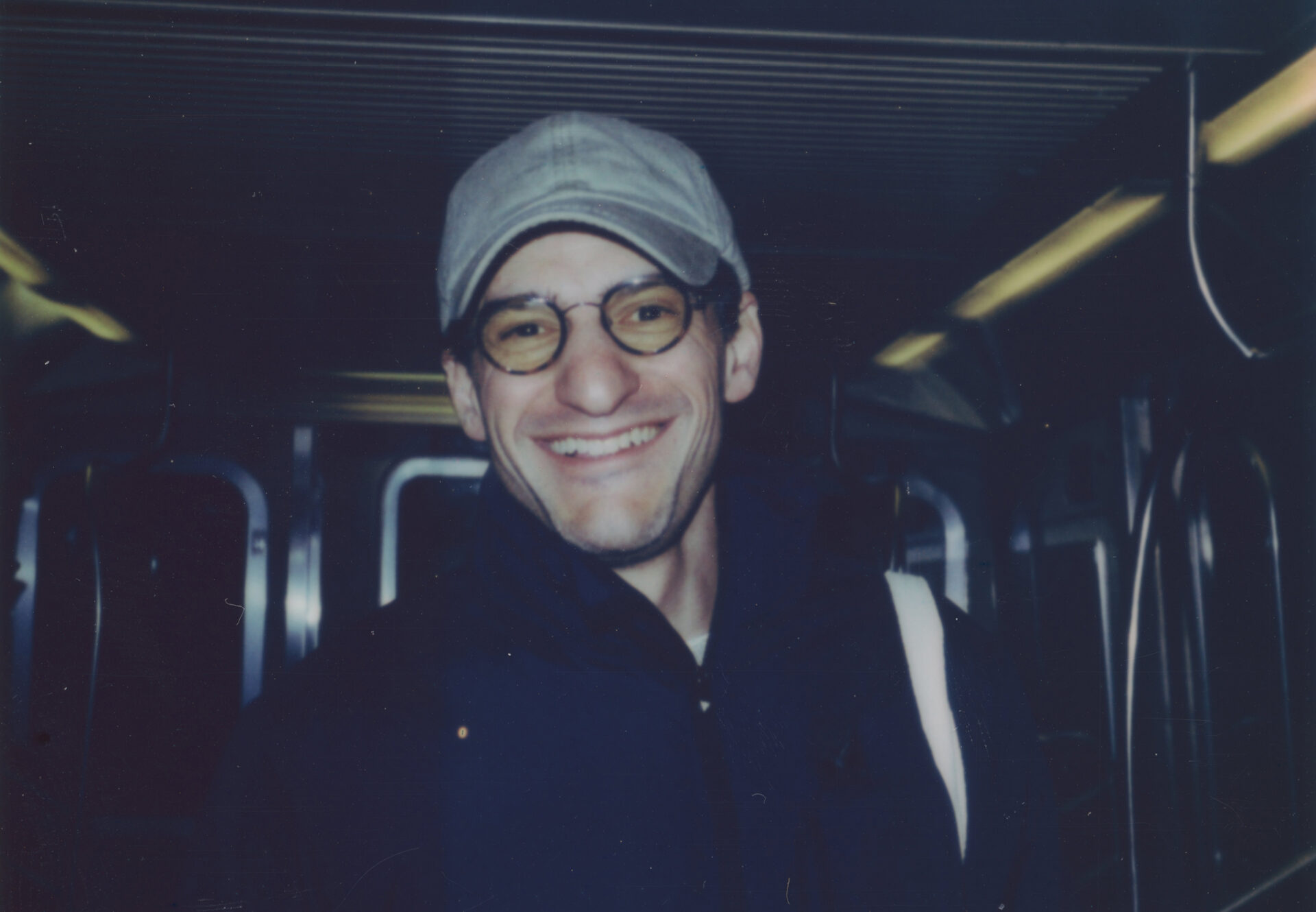Jesse Walden
Tokens Are Products
Over the last few decades, building and shipping software products has become a well understood craft. That craft offers a lens for thinking about tokens.
Products and tokens both require:
- Engineering: How does it operate?
- Design: How does the user navigate and experience it?
- Go-to-market: How should it be distributed?
Executing on these questions should be grounded in an understanding of user needs. And if great products optimize for excellent user experience (UX) in addressing these needs, great tokens should optimize for a great ownership experience (OX).
Ownership is a design space for new experiences that address core human needs:
- The need for financial security
- The need to be heard and participate
- The need for social belonging and community
- The need to have control over how we work
- And more
For example, projects like Nouns or Shibuya allow owners to dictate the course of the project or plot. These projects are premised on ownership satisfying a need to be heard.
Communities like Friends with Benefits allow owners to access exclusive social communities and cultural events. A core premise here is ownership satisfying a need for social belonging and community.
Networks like Dimo and Brainstrust allow owners to capture value from their contribution to the network’s marketplace. This is ownership satisfying a need for financial security via economic alignment.
***
Ownership through tokens is a tool to address user problems in entirely new ways. And so, when setting out to design a token a question worth asking is:
What is the core user problem, and how does the token address it?
Many tokens in the wild today were launched without considering the user. Other tokens bundle too many “jobs to be done” into a single asset, muddying the value proposition like a feature-packed product that tries to be everything to everyone.
Others have successfully identified a bundle of ownership experiences that, taken together, solve for an overlapping set of user needs. Nouns bundles status, belonging and the need to be heard into a collectible, governance-granting artwork, their Nouns NFTs.
The token design space is still nascent and we’ll spend the next decade refining the craft of bringing new tokens and ownership experiences to market. But the history of product design and user research provides some good lessons to draw upon when thinking through designing and launching tokens.
This process begins with a deep understanding of the user.
- What is their core need?
- What is the motivation?
- What ownership experience solves their problem best?
- How do you reach them?
Put yourself in the user’s shoes. What problem does your ownership experience solve?
***
Thanks to Adam Delehanty, Alana Levin, Mason Nystrom and Liang Wu for their support in editing and reviewing this piece.

